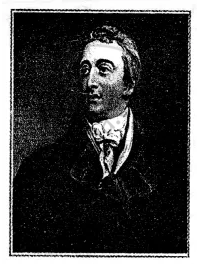Advertisements
Advertisements
Question
Answer the following question:
Discuss various aspects of the drain of wealth.
Solution
The British exported to Britain part of India’s wealth and resources for which India got no adequate economic or material return. This ‘Economic Drain’was peculiar to British rule. Previously the rulers had spent the revenue they extracted from the people inside the country. But the British spent part of the taxes and income they derived from the Indian people not in India but in Britain, their home country.
The drain of wealth from Bengal began in 1757 when the company’s servants began to carry home immense fortunes extorted from Indian rulers, zamindars, merchants, and the common people. They sent home nearly £ 6 million between 1758 and 1765. This was more than four times the total land revenue collection of the Nawab of Bengal in 1765.
In 1765 the company acquired the Diwani of Bengal and thus gained control over its revenues. The company began to purchase Indian goods out of the revenue of Bengal and to export them.
From 1765 to 1770 the company sent out nearly £4 million worth of goods or about 33 percent of the net revenue of Bengal. The drain took the form of an excess of India’s exports over its imports for which India got no return. The drain went on increasing after 1858.
APPEARS IN
RELATED QUESTIONS
Fill in the blanks:
The Grand Trunk Road from ___________ to __________ was reconstructed by the British in the 19th century.
State whether the following is true or false:
The development of transport and communication systems did not benefit Indians in any way.
Answer the following question in one or two words/sentences:
Why did the Indian peasants begin to grow cash crops?
Answer the following question in one or two words/sentences:
What were the drawbacks of Warren Hastings’s five-year revenue settlement?
Answer the following question briefly:
With reference to the transport and communication system in India, answer the following question:
Why and how did the British develop proper transport and communication facilities in India?
Answer the following question briefly:
With reference to the transport and communication system in India, answer the following question:
How did the railways serve the interests of the British?
Answer the following question briefly:
With reference to the transport and communication system in India, answer the following question:
Explain how the improved transport and communication system proved beneficial for Indians.
Answer the following question:
Mention the social evils prevalent in India during British rule.
This is the picture of a Governor-General.

Identify him.
This is the picture of a Governor-General.

What do you understand by ‘Sati’? Who put an end to this practice and why?
